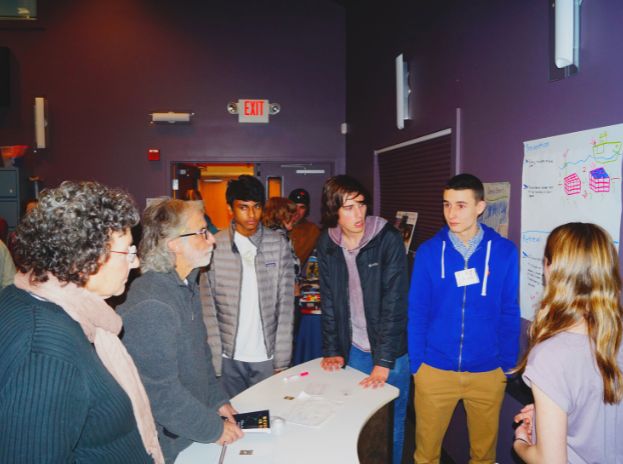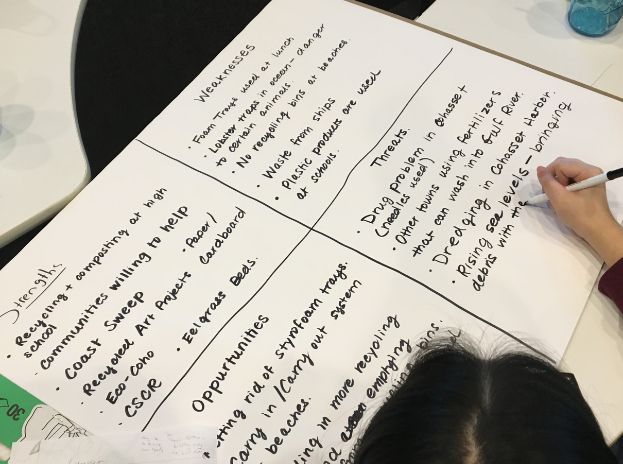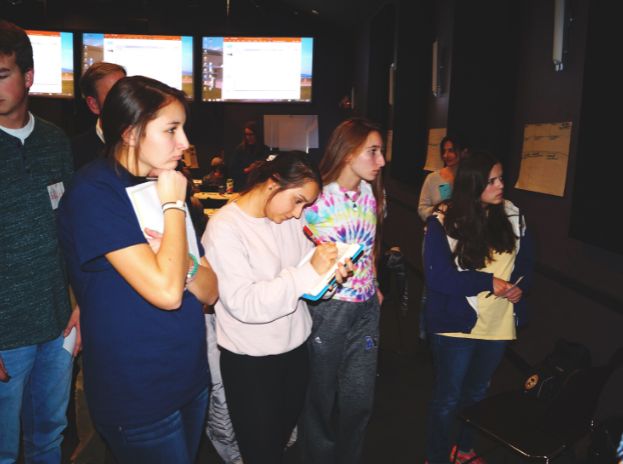Bottom Line Project
Between 2006-2011 GOMLF managed the Bottom Line Project, collecting floating groundlines from hundreds of fishermen up and down the coast of Maine. Due to new regulations floating groundlines were no longer allowed to be fished and fishermen were required to switch to sinking groundlines. Funded by NOAA, GOMLF hosted a series of collections to provide a voucher to help cover the cost of the new sinking rope, and collect the floating groundline in order to provide proper disposal. We collected over 2 million pounds and 100% of the rope brought for exchange was recycled and repurposed for artists who made door mats.
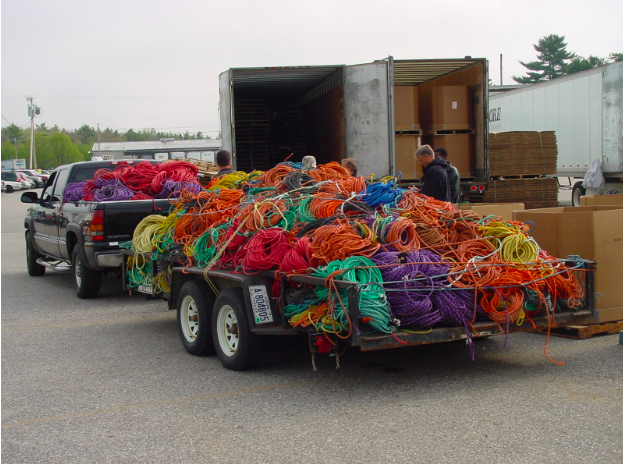
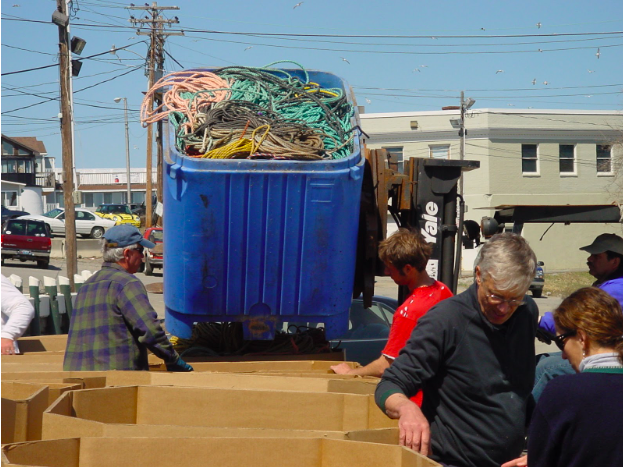
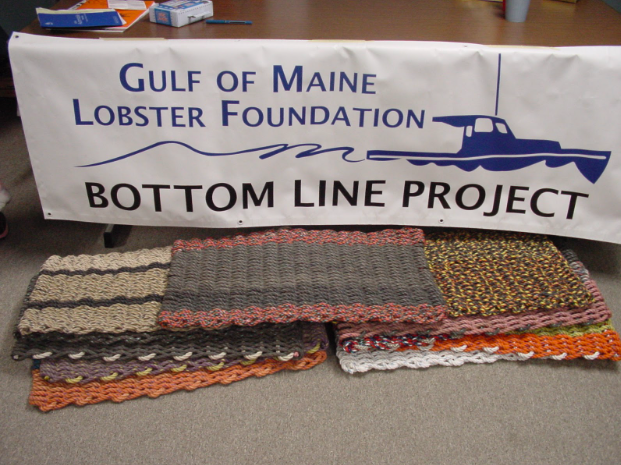
Sea Samplers
From 2005 – 2013 Gulf of Maine Lobster Foundation (GOMLF) worked directly with the Maine Department of Marine Resources (DMR) to place trained observers onto commercial lobster boats as part of the Sea Sampling Program.
Lobstermen volunteer to host a community sampler for the day so they can collect catch and effort information and biological data on the day’s fishing activity. From the first lobster trap to the last, samplers measure each lobster and note the sex, cull status, v-notch condition, egg development stage, molt status and measure any finfish bycatch in the traps. This program helps the state to better understand the resource from a lobsterman’s perspective, seeing what lobstermen see each day.
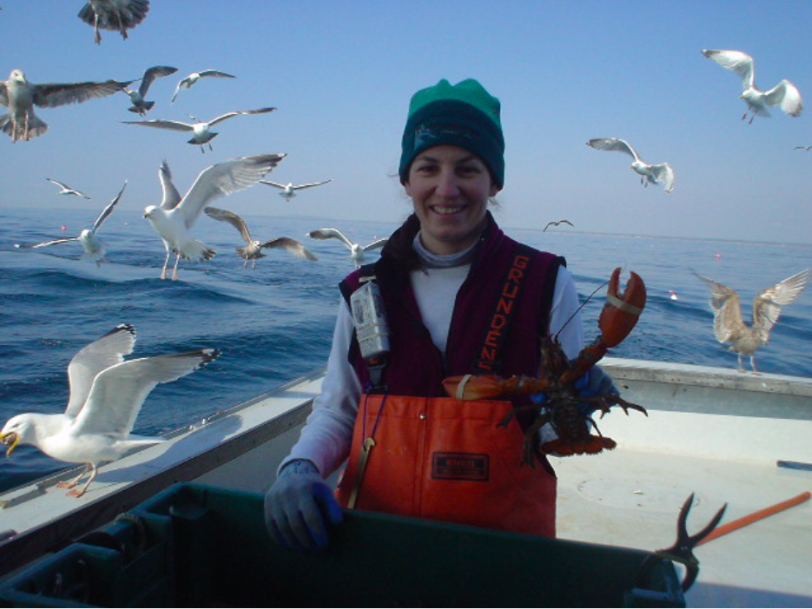
Bottom Current & Groundline Project
Determining the Effect of Eastern Maine Bottom Currents on Groundline.
In May 2007, GOMLF received Northeast Consortium development funds to measure bottom currents off of Jonesport-Beals, in eastern Maine. Collaborating with oceanographers and lobstermen, GOMLF sought to examine the effect of bottom currents on lobster gear in nearshore eastern Maine waters, to establish whether bottom currents there are strong enough to significantly reduce the profile of floating rope used as groundline between traps, thus reducing the risk of whale entanglements in lobster gear.
GOMLF was hopeful that the data collected during this pilot project would be informative for the regulatory process leading up to the Final Whale Rule; however, the federal rule regulating the use of floating groundline in the lobster industry was finalized during this timeframe (issued in the Federal Register in October 2007, implemented in April 2009) and the project was ill-timed to factor into the process.
Nonetheless, current data from the bottom of the ocean has been unavailable until now and the methodologies employed in this project may be resurrected for future projects involving the impacts of current/tide on fixed gear.
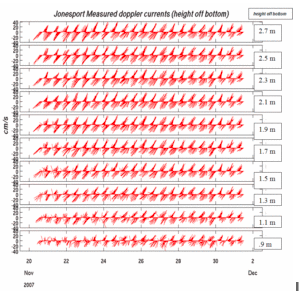
Youth Summit 2017
Funded by the NOAA Marine Debris Program as part of a two-year project, we hosted an afternoon workshop to discuss and plan for preventing and removing marine debris in the Gulf of Maine.
We discussed the types and sources of marine debris, how debris moves through the watershed, how it is transported by ocean currents, the impact on human and ecosystem habitats and resources, and design the solutions to reducing debris in the marine environment.
